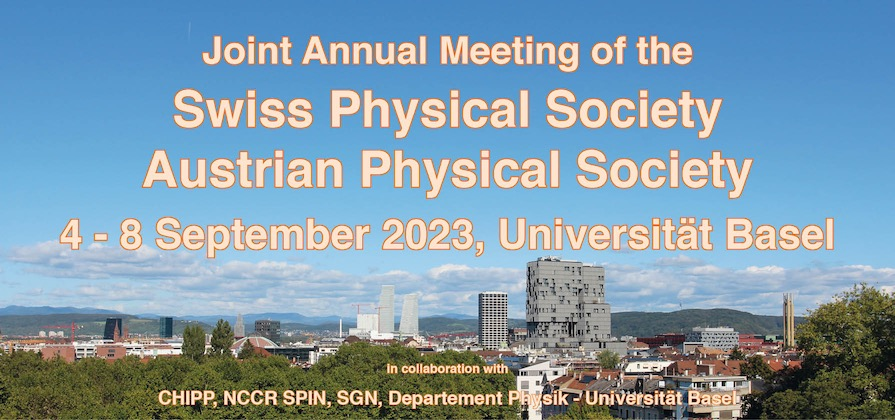Speaker
Mirco Große
(Karlsruhe Institute of Technology)
Description
The reaction of hot nuclear fuel rods with steam results in production of free hydrogen. The released part of this hydrogen provide the risk of hydrogen detonation The other part is absorbed in the fuel cladding tubes made of zirconium alloys. This is the more dangerous one because it can be result in an embrittlement of the cladding tubes and with it in a destruction of the tubes by thermos-shock if an emergency cooling is initiated.
The paper presents results of neutron imaging investigations of cladding tubes after accident simulation tests. Hydrogen concentrations were determined quantitatively with a spatial resolution of better than 50 µm.
Author
Mirco Große
(Karlsruhe Institute of Technology)
Co-authors
Juri Stuckert
(Karlsruhe Institute of Technology)
Martin Steinbrück
(Karlsruhe Institute of Technology)
Sarah Weick
(Karlsruhe Institute of Technology)
